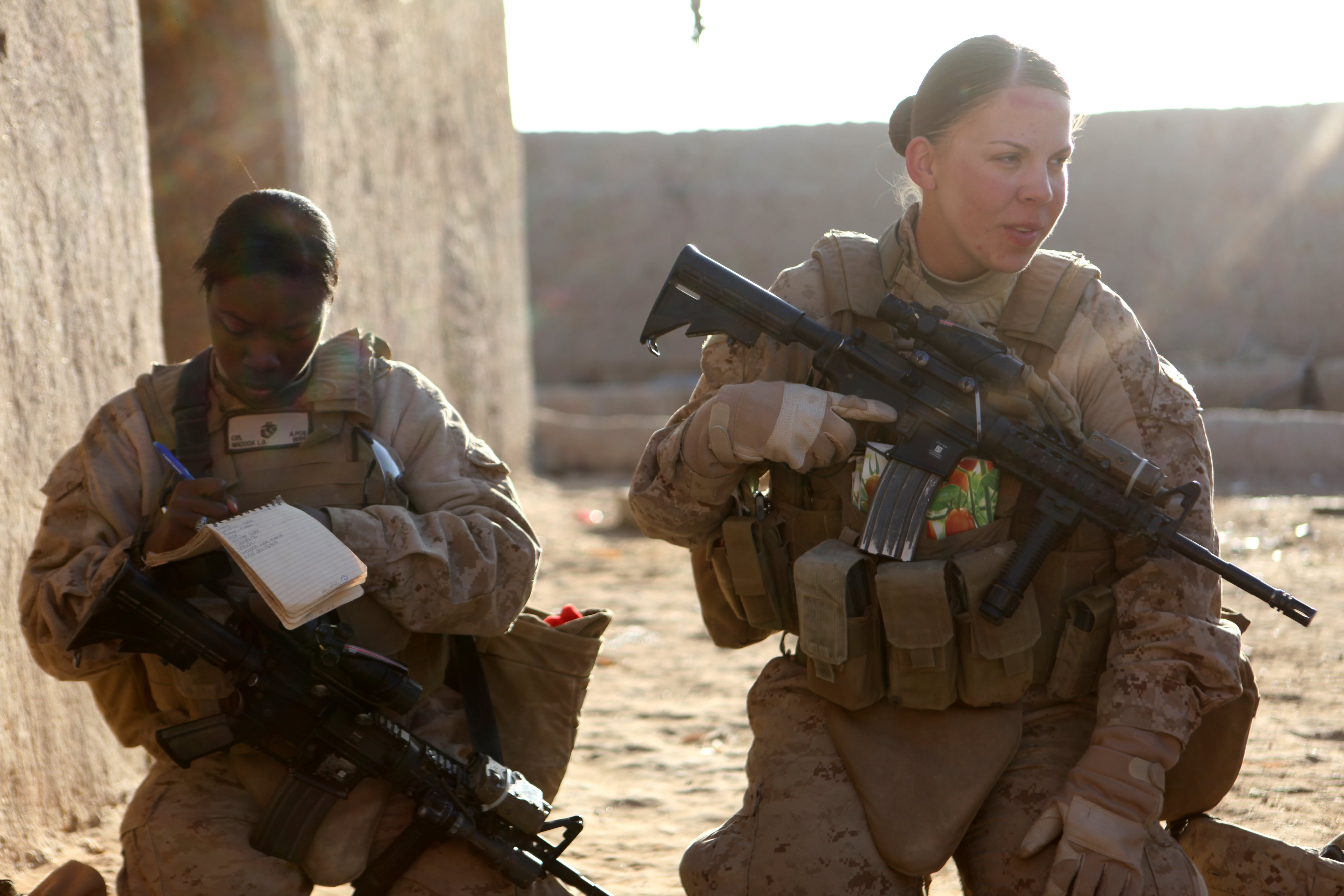UPDATE — This story has been updated to include an additional statement from the Army’s Rapid Capabilities and Critical Technologies Office.
HUNTSVILLE, Ala. — A second, more challenging flight test of the Common-Hypersonic Glide Body is expected to take place in the final quarter of the calendar year, according to both Army and industry officials involved in the program.
The Defense Department has been jointly developing the C-HGB that will serve as the base of its offensive hypersonic missile. The test marks a major step forward in accomplishing that mission amid mounting criticism that the United States is behind China and Russia in hypersonic weapons development.
The C-HGB will be made up of the weapon’s warhead, guidance system, cabling and thermal protection shield. Each service will use the C-HGB as the base while developing individual weapon systems such as launchers capable of firing the weapons from land or sea.
Hypersonic weapons are capable of flying faster than the speed of sound — Mach 5 — and can maneuver between varying altitudes and azimuths, making it harder to detect.
The Army plans to field the ground-launched version of the Long-Range Hypersonic Weapon by the end of fiscal 2023, and the Navy wants its ship-launched capability fielded in 2023 followed by a submarine-launched missile in 2024. The Air Force wants to field its air-launched version in 2022.
It’s been well over a year since the first hypersonic glide body test, which took place in March 2020 at the Pacific Missile Range Facility in Kauai, Hawaii. The glide body launched and flew at hypersonic speed and made impact within 6 inches of the target. The test was a joint effort between the Army and Navy.
The second test was expected to take place in the third quarter of FY21, but the time frame quietly passed by.
“It’s been re-planned, so we have a date in mind … for the fourth quarter of this calendar year, but any narrower than that it becomes classified,” Eric Scherff, Lockheed Martin’s vice president of hypersonic strike programs, told Defense News in an interview at the Space and Missile Defense Symposium. “It’s coming up soon.”
Lockheed Martin won the contract to integrate the hypersonic weapon onto a ground-launched mobile platform for the Army and is part of a Huntsville, Alabama-based Dynetics team to build the glide body prototype.
The reason for the government’s decision to delay the test was unrelated to readiness of the glide body, Scherff said.
“The decision not to conduct the test did not involve technical issues,” the RCCTO confirmed to Defense News in an Aug. 11 statement. “For security reasons, additional details are not releasable.”
In an interview with Defense News late last year, Lt. Gen. L. Neil Thurgood, director of the Army’s Rapid Capabilities and Critical Technologies Office, said the Army planned to follow up with more flight tests in FY22: one in the first quarter followed by two more flight tests in the third quarter.
Included in that test series will be flights with the new 34.5-inch booster that is being built for the weapon system, Scherff said.
“The Army, Navy and Missile Defense Agency (MDA) will continue to execute tests of offensive and defensive hypersonic technologies in support of expanding these capabilities,” the RCCTO statement said. “While additional tests are planned, test dates and event details are not announced in advance.”
The Army is on track to deliver to the first unit — in 41 days — all the equipment needed to begin training as the service completes building live rounds, Thurgood said at the Space and Missile Defense Symposium on Aug. 11.
Training will officially begin on Oct. 18, Thurgood noted.
“Our soldiers have an opportunity to train on that equipment, begin to write the doctrine, and develop all the [tactics, techniques and procedures] associated with it,” he said. “We’ll give them about 18 months to train, and by the end of ‘23, they’ll have all of their combat rounds, which they’re required to do to go to combat.”
The Air Force has seen two test failures with its AGM-183A Air-launched Rapid Response Weapon, or ARRW, in recent months and is working to determine the root causes. Most recently, the missile’s engine failed to ignite after the weapon was launched from a B-52 bomber.
The service still needs to successfully complete flight testing of the ARRW booster and all-up round before the service awards a contract to manufacturer Lockheed Martin and begins production of the weapon, which is currently targeted for FY22.
Noting there is not a full understanding yet of what happened with the ARRW test failures, “from a technical perspective, there’s no direct linkage between the two programs,” Scherff said, and therefore the same issues in the ARRW program would not necessarily crop up in the LRHW program.
Jen Judson is an award-winning journalist covering land warfare for Defense News. She has also worked for Politico and Inside Defense. She holds a Master of Science degree in journalism from Boston University and a Bachelor of Arts degree from Kenyon College.




